Caution: Proceed at your own risk if you are lactose intolerant.
On a serious note, these delicacies have been around for centuries. When exactly it was discovered, no one has any concrete evidence of that. The earliest date there was a record of how cheese was made was way back in 8000 BCE when sheep were first domesticated. Since the ancient times, animal skins and internal organs have been used in storing food. When milk was accidentally stored in the stomach, the rennet inside it resulted the milk to curdle. This is where cheese production nowadays is based their processes, only in a cleaner and safer environment.
Cheese is one of the most versatile food there is. You could basically mix it with anything you want and elevate the dish to an entirely different level. On the other hand, enjoying it on its own with a glass of wine is sublime.
Here are some Italian cheese perfect for the next wine night or dinner you should include in your things to buy:
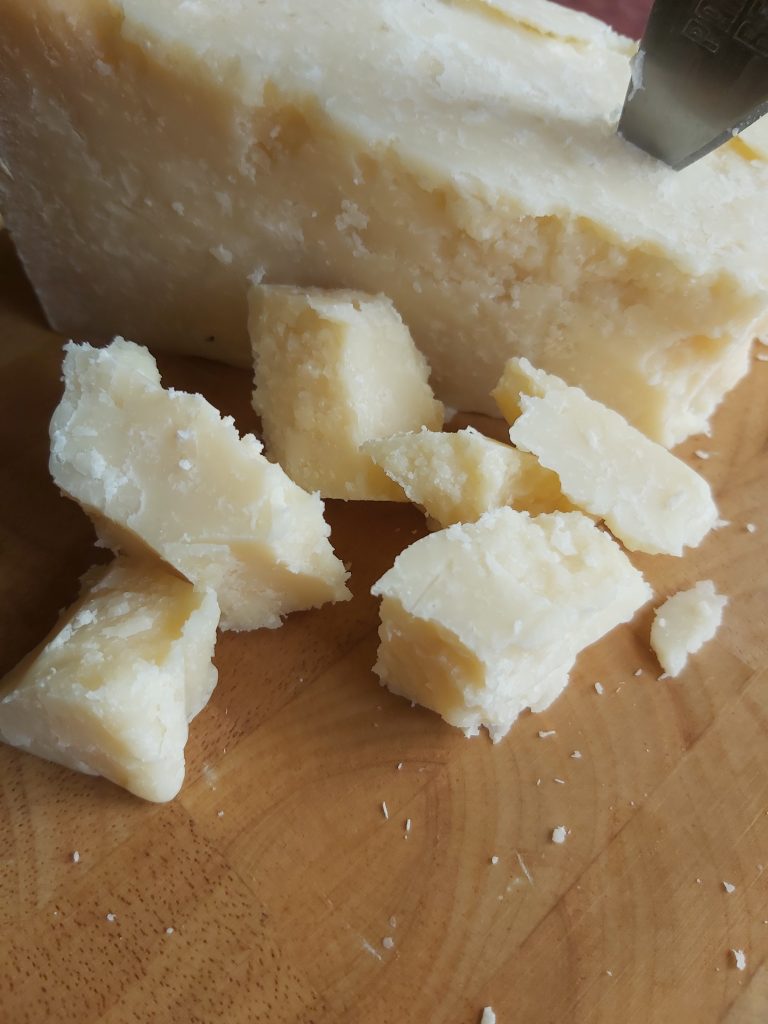
Parmigiano Reggiano
The heavy weight champion and king when it comes to Italian cheeses. It is one of the most widely used cheeses in the world. It was said to be discovered in the middle ages in the municipality of Bibbiano, province of Reggio Emilia. Parmigiano Reggiano is listed under Protected Designations Origin for cheeses produced in limited provinces under Italian and European law. Meaning cheeses produced by manufacturers who does not belong to Consorzio del Formaggio Parmigiano-Reggiano (areas of Reggio Emilia, Parma, the part of Bologna, Modena, and the part of Mantua) are not allowed to carry the name.
The association has high standards for making this cheese. It is aged for at least 12 months in a highly controlled facility. They are so authentic that there are special seals in each wheel with the identification number of the dairy, the production month and year, a code identifying the individual wheel, and stamps regarding the length of aging.
The complex and laborious process with a very long waiting time to produce a giant wheel weighing 38 kilograms, gives us consumers a delightfully sharp and nutty taste with a strong umami flavor and a slightly gritty texture. The perfect cheese to put on your pasta, salad, risotto, smoked or roasted for snack, or let it be the star that it is on your cheese board.
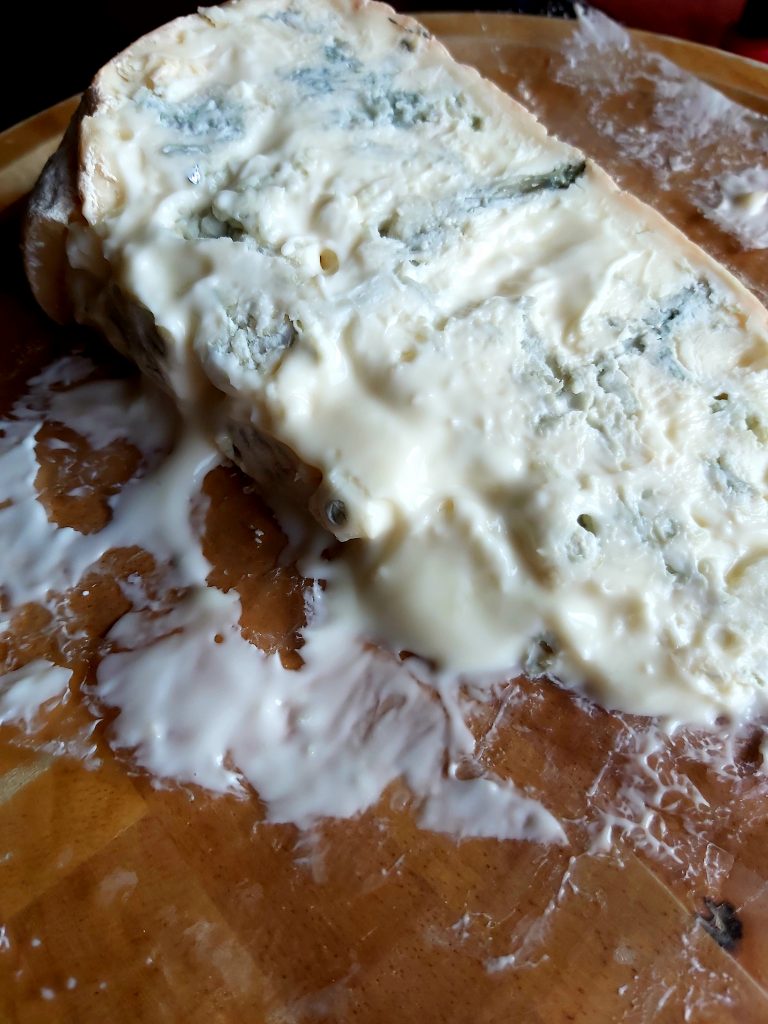
Gorgonzola
Similar to its French version, the blue cheese, it is one of the world’s oldest blue-veined chesses. It was aid to have been discovered in the caves of the town of Gorgonzola in the year 879 AD. Under the law of the European Union, this cheese has a Protected Geographical Status which can only be produced in the provinces of Novara, Bergamo, Brescia, Como, Cremona, Cuneo, Lecco, Lodi, Milan, Pavia, Varese, Verbano-Cusio-Ossola and Vercelli, as well as a number of communes in the area of Casale Monferrato.
To attain its distinctive taste, aesthetic and aroma, fresh milk from local creameries is mixed with the bacteria Penicillium Glaucum. During the aging process, long metal rods are used to poke the cheese to create channels for the mold to grow. That creates the beautiful blue marbling that the cheese is known for.
Aged in no more than three months, the first type of gorgonzola is the Gorgonzola Dolce. Also called Sweet Gorgonzola, it has a minimum maturation period of 50 days and a maximum of 150 days. The other kind of gorgonzola is the Gorgonzola Piccante or the Mountain Gorgonzola. It is typically aged for 80 to 270 days. The longer the aging process, the firmer, more pungent and sharp taste it gets.
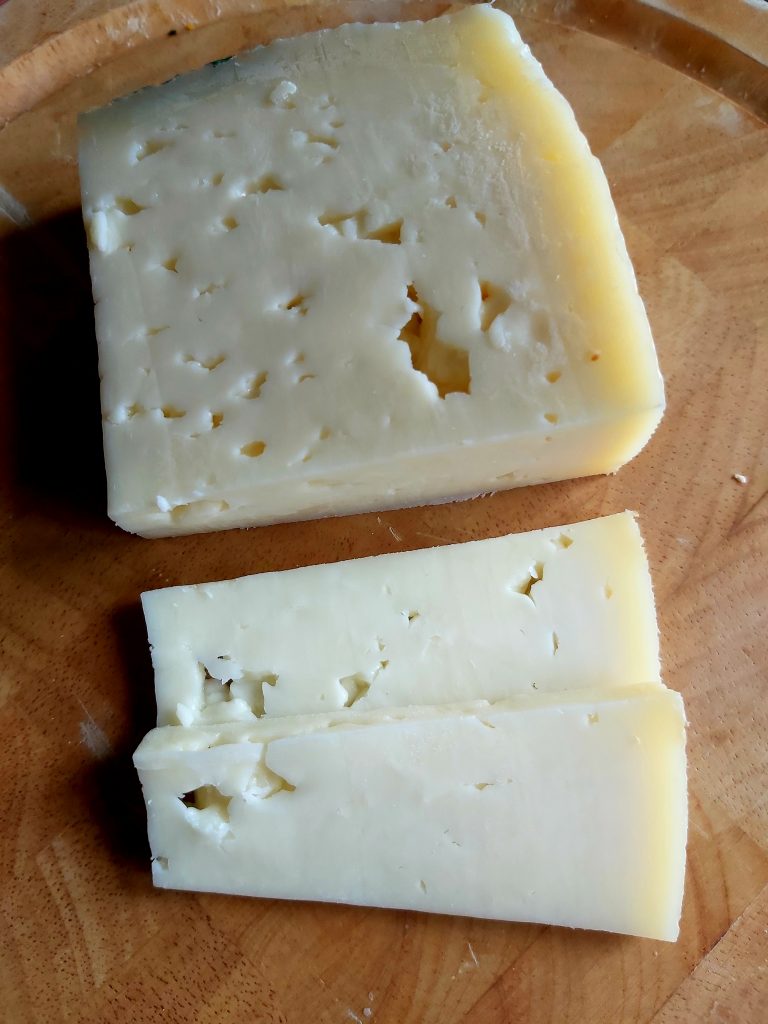
Asiago
Another cheese that has a Protected Designation Origin status in Italy, is the Asiago cheese. It was originally produced around the alpine area of the Asiago Plateau, in the regions of Veneto and Trentino-Alto Adige. During the 10th century, sheep raising was the predominant agricultural activity in the Asiago plateau. That is why traditionally, asiago was made from sheep’s milk but today it is produced from unpasteurized cow’s milk. The two types of Asiago are Asiago d’Allevo and Pressed Asiago. The Asiago d’Allevo is a mixture of whole milk and skimmed milk. It is subdivided into three categories depending on the ageing time.
Assiago Mezzano is aged for 3 to 8 months giving it a compact paste texture with a sweet taste. The second one is Asiago Vecchio aged from 9 to 18 months. It has a stronger and slightly spicy flavor. Lastly, the Asiago Stravecchio is aged beyond 18 months giving it a hard and grainy paste texture and reaching the peak of its flavor intensity profile. The other type of Asiago is Pressed Asiago which is made using whole milk. The inside is soft and buttery with a white or slightly yellowish color.
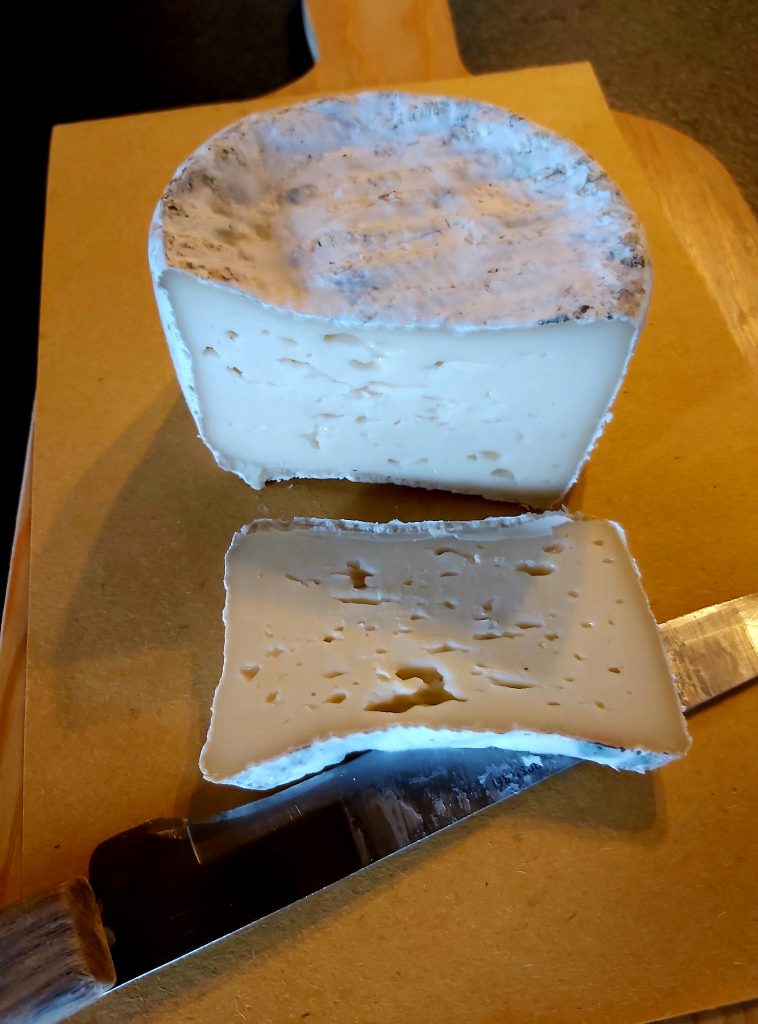
Caciotta
Caciotta is produced in the region of Tuscany and Umbria. It has a semi-soft texture with a creamy taste believed to be the result of the combination of a ewe and cow’s milk. It was originally made as a substitute to a pecorino. You will initially be hit with its tanginess but that will fade into the background while you savor the sweet, creamy and delicate flavor.
It is best served with olive oil on its own. While pairing it with a Merlot or an intense Sauvignon Blanc. You may also mix it on your favorite salads, pasta or melt it in your polenta.
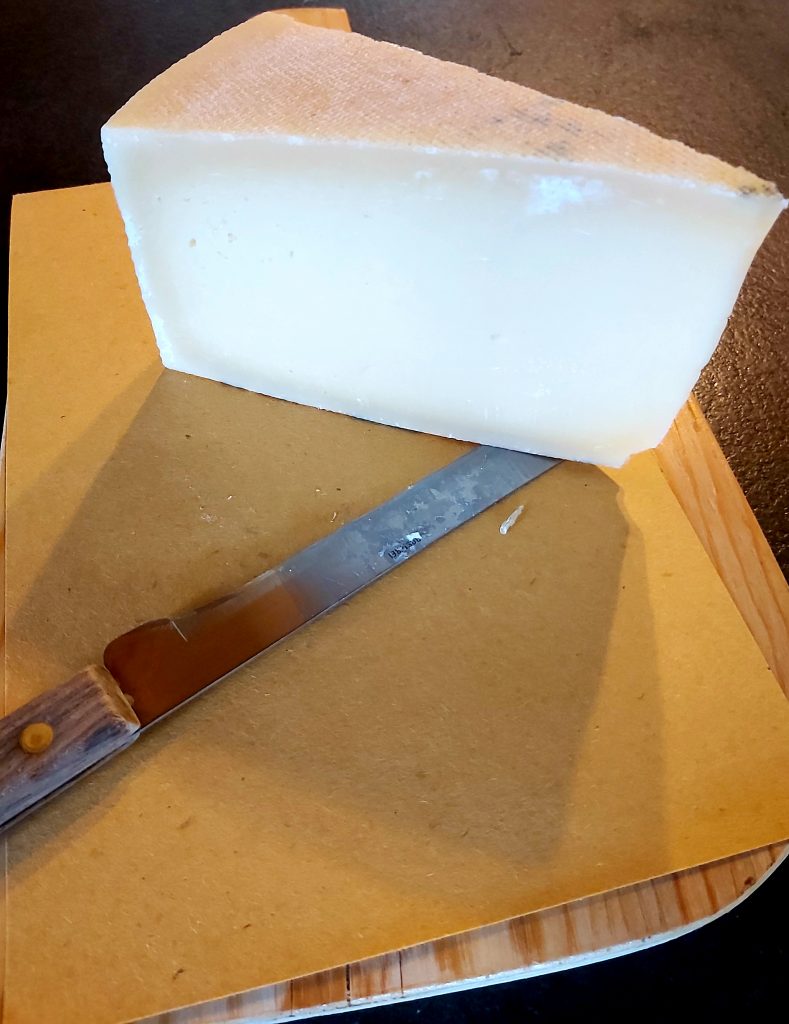
Piave Mezzano
This cheese has the Protected Designation Origin status which only allows the creameries in the Dolomites are in the Veneto region. It is made with pasteurized cow’s milk and has a slightly sweet and intense flavor. The ageing time is 60 to 180 days. The longer the ageing period, the firmer the texture and sharper the taste will get. The fermentation process also makes the cheese have lower lactose levels.
While there are many more cheeses that will make you salivate, these five on the list will never fail to impress. What’s your favorite cheese and how do you like to enjoy them? Tell us on the comments section! I know it will put a smile on our faces and will make us say CHEEEEESE!